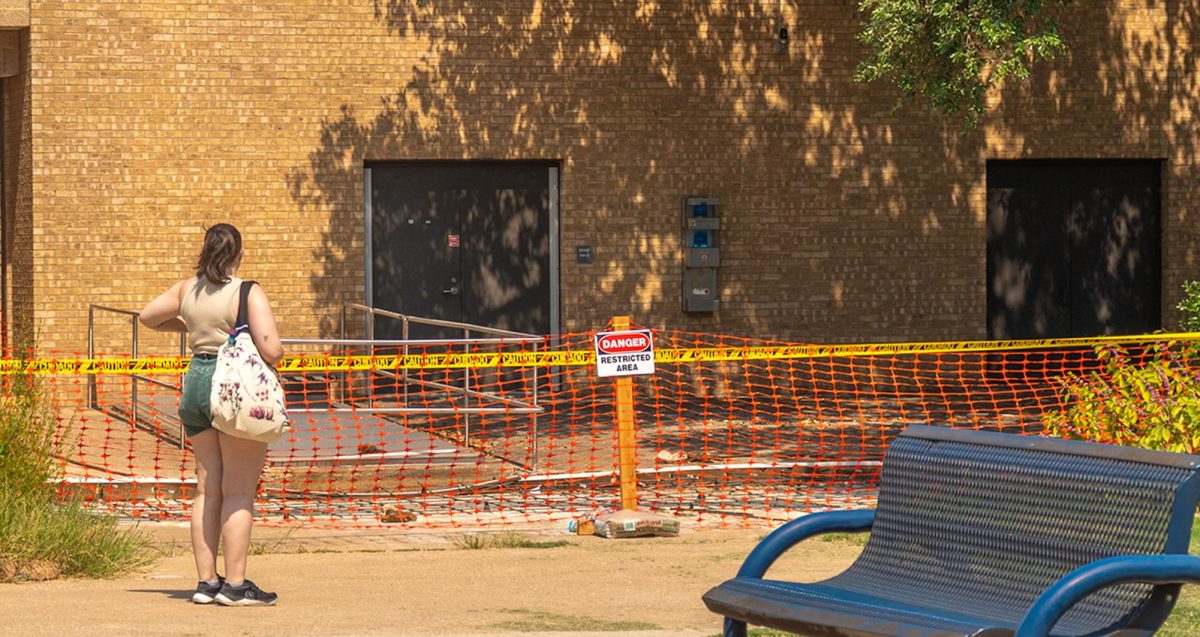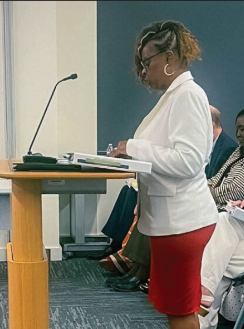By Jason Patrick/reporter
SE students learned ways graphic novelists portray race and identity in their work April 26.
Derek Parker Royal, clinical associate professor at the University of Texas at Dallas and comic scholar, talked about race and identity in comics from a literary perspective.
“I do a lot of my work in comics as it applies to race and ethnicity, which is where this talk today emanates, pulling together several things that I’ve done in terms of looking at comics and what they tell us about the way that racial and ethnic identities are created,” he said.
In comics, images affect readers’ responses and reveal the various prejudices that an author/illustrator might hold, Royal said.
“Comics are a composite text made up of words and images that taken together can have impact far different from that produced by more traditional forms of narrative,” he said.
Since comics rely on visuals to convey messages to readers, stereotyping is a commonly used method to make a point, Royal said.
“Comics are a heavily coded medium that rely on stereotyping as a way to concentrate narrative effectiveness,” Royal said, quoting writer and illustrator Will Eisner.
Graphic novels do not have the space to develop characters, so they must condense identity along commonly accepted paradigms, Royal said.
“Comics, as a medium, has the enormous potential to visualize, literally as well as figuratively, the stakes involved in ethnoracial discourse,” he said.
An example of a graphic novel that takes on race and identity is Will Eisner’s 1995 graphic novel Dropsie Avenue: The Neighborhood, Royal said.
This novel focuses on the there-goes-the-neighborhood theory, which proposes the idea that when immigrants start moving into a neighborhood, the racial and ethnic demographics begin to change, and the neighborhood takes on a new identity.
The novel begins with a Dutch family complaining about the arrival of new English settlers, a theme carried throughout the novel as the English are replaced by the Irish and the Irish replaced by the Italians.
Eisner uses verbiage throughout illustrating the unacceptance of new ethnicities in the neighborhood, causing the current residents to vacate and relinquish their neighborhood to the more “colorful” ethnicities, Royal said.

































